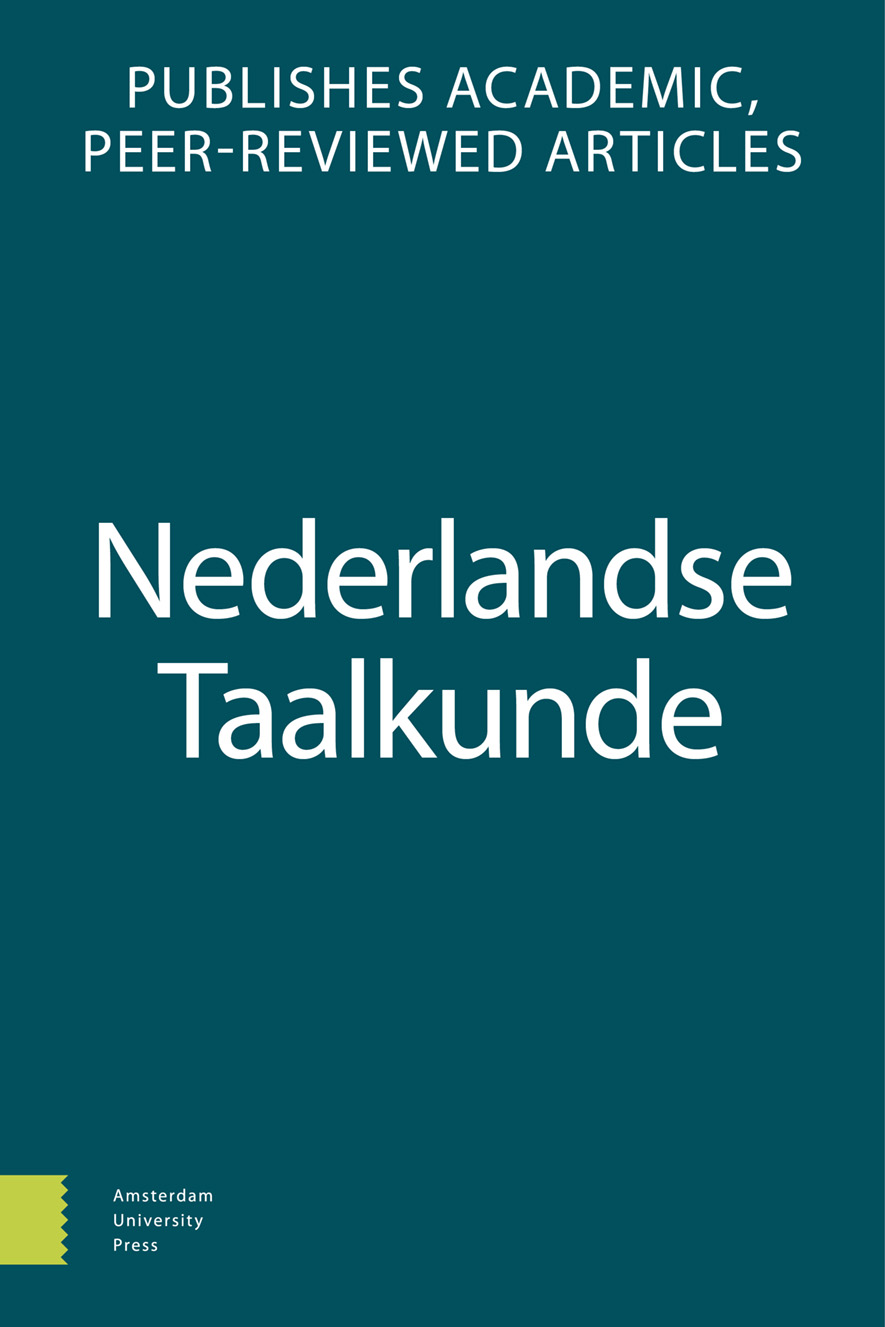-
OADus vooraan of in het midden? - Over vorm-functierelaties in het gebruik van connectieven
- Amsterdam University Press
- Source: Nederlandse Taalkunde, Volume 15, Issue 2, Jul 2010, p. 149 - 175
Abstract
Sentential adverbs often show variation in their positioning. Such variation is claimed to reflect form-function interactions. This paper presents a case study of Dutch dus ‘so’ that sheds more light on such interactions. Dus-fragments from the 13th, 16th, and 20th century were analyzed to find out whether any meaning changes and syntactic developments occurred, and whether form-function interactions could be found. Results indicate that dus started at the propositional level, serving as an anaphor meaning ‘thus/in that way’, then developed the textual function of causal connective and finally gained an interpersonal function as a discourse marker signaling information status. Several form-function relations were found: in the 16th century categorical status distinguished between anaphoric and connective use; in the 20th century the position of dus could be related to the accessibility of the information in the dus-clause. It appears that the form-function interactions can be seen as probabilistic “rules” that are often not one-to-one, but that are nevertheless frequently exploited by language users.


